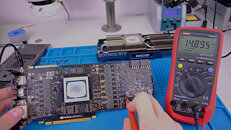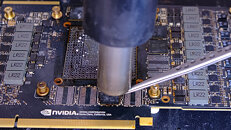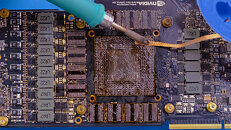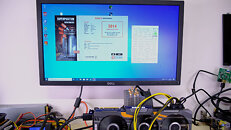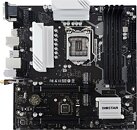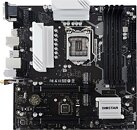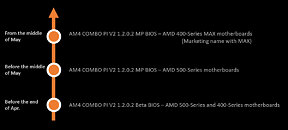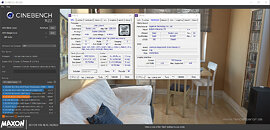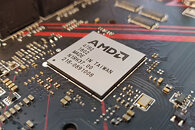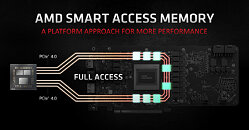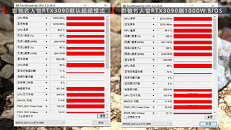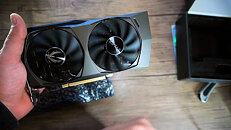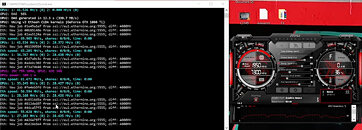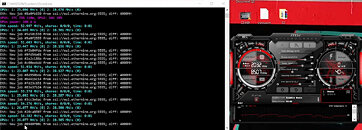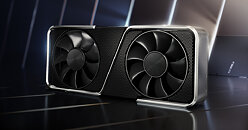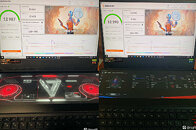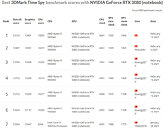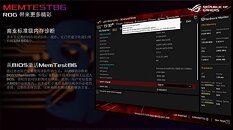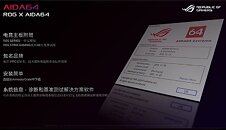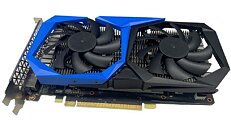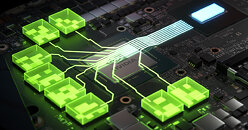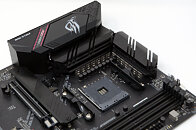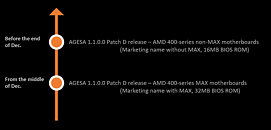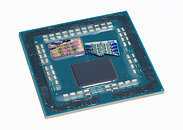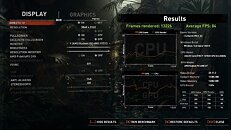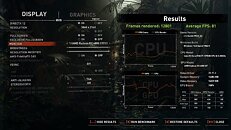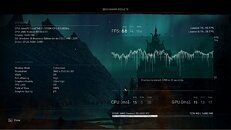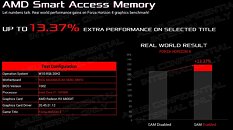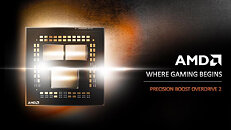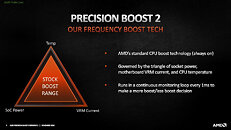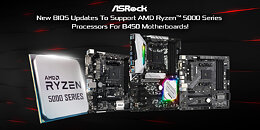
NVIDIA GeForce RTX 2080 Ti Modded to Support 22 GB of GDDR6 Memory
Have you ever wondered if your graphics card could pack just a little bit more VRAM than it is advertised to come with? Well, if you have some spare time and some awesome soldering skills, you could find out yourself by placing higher-capacity VRAM chips in place of the standard memory. That is exactly what VIK-on, a hardware modder from Russia, has done with his graphics cards. Before, VIK-on modded the NVIDIA GeForce RTX 2070 to support 16 GB of GDDR6 memory and modded NVIDIA's GeForce RTX 3070 to also support 16 GB of GDDR6 memory. Today, VIK-on has done it again and the modder has tested his skills by proving that it is possible to install 22 GB of GDDR6 memory on the GeForce RTX 2080 Ti graphics card.
The modder has taken a broken NVIDIA GeForce RTX 2080 Ti GPU that was in very bad condition. He had to re-solder the GPU and fix some broken PCB traces. Finally, after that, he tried to install more VRAM than the card came with in the first place. The TU102 SKU is capable of handling up to 48 GB of VRAM, as seen with Quadro RTX 8000 GPU. However, the problem would be firmware support. VIK-on used a strap mod, leading the GPU BIOS to believe that there is much more memory present compared to the stock version, and the card managed to boot. However, some screen flickering was present and it had stability issues, so the mod isn't very successful.
The modder has taken a broken NVIDIA GeForce RTX 2080 Ti GPU that was in very bad condition. He had to re-solder the GPU and fix some broken PCB traces. Finally, after that, he tried to install more VRAM than the card came with in the first place. The TU102 SKU is capable of handling up to 48 GB of VRAM, as seen with Quadro RTX 8000 GPU. However, the problem would be firmware support. VIK-on used a strap mod, leading the GPU BIOS to believe that there is much more memory present compared to the stock version, and the card managed to boot. However, some screen flickering was present and it had stability issues, so the mod isn't very successful.
